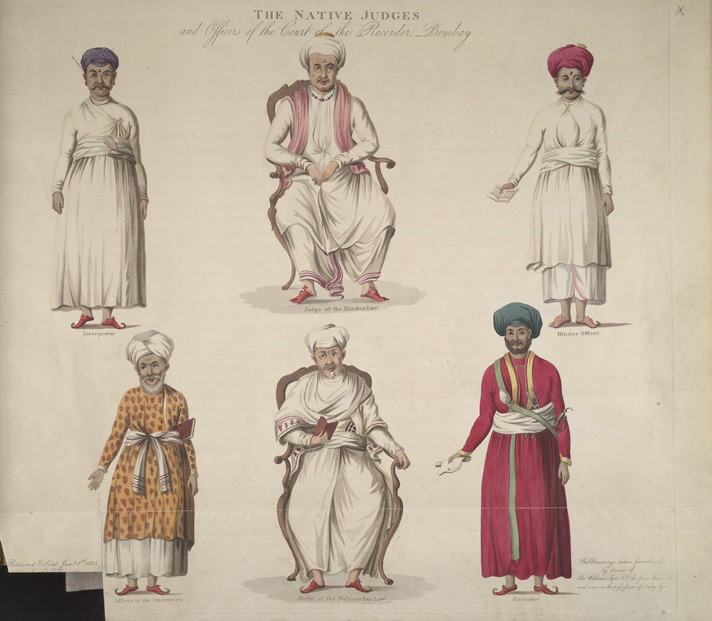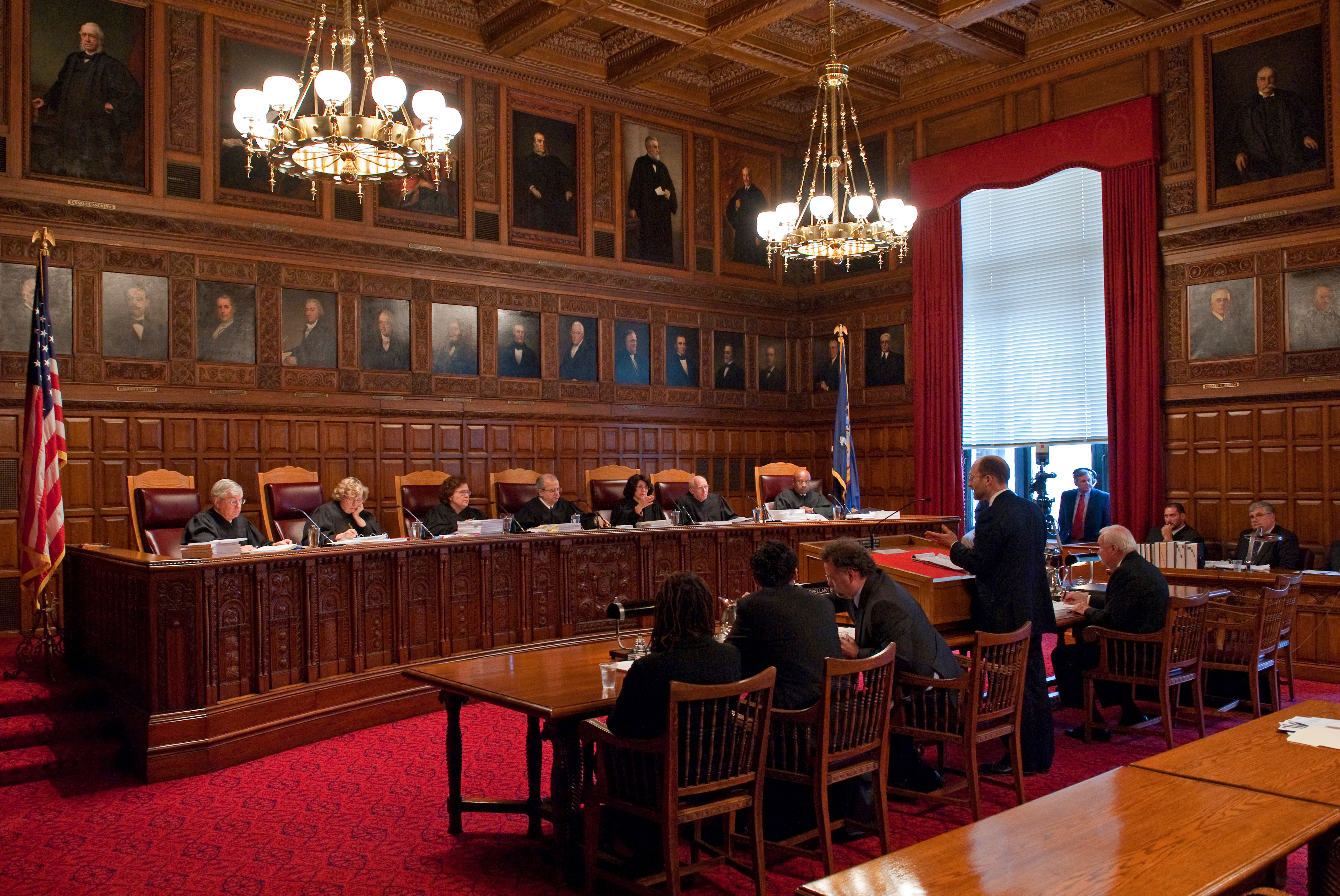|
Court Of Greenland
The Judiciary of Greenland consists of 4 district courts ( Greenlandic: ''Eqqartuussisoqarfik'', Danish: ''Kredsret''), the Court of Greenland ( Greenlandic: ''Kalaallit Nunaanni Eqqartuussivik'', Danish: ''Retten i Grønland''), and the High Court of Greenland ( Greenlandic: ''Kalaallit Nunaanni Eqqartuussisuuneqarfik'', Danish: ''Grønlands Landsret''). Most cases are heard in the first instance by the district courts. District court judges are not lawyers, but lay judges with a special education and thorough knowledge of Greenlandic society. The Court of Greenland processes legally complicated cases in the first instance, and handles the supervision and education of district judges. Judges in the Court of Greenland and the High Court of Greenland are lawyers. Rulings issued by the district courts and the Court of Greenland may be appealed before the High Court of Greenland. Rulings issued by the High Court of Greenland may, with the permission of the Appeals Permission Boar ... [...More Info...] [...Related Items...] OR: [Wikipedia] [Google] [Baidu] |
Greenlandic Language
Greenlandic ( kl, kalaallisut, link=no ; da, grønlandsk ) is an Eskimo–Aleut language with about 56,000 speakers, mostly Greenlandic Inuit in Greenland. It is closely related to the Inuit languages in Canada such as Inuktitut. It is the most widely spoken Eskimo–Aleut language. Greenlandic has been the sole official language of the Greenlandic autonomous territory since June 2009, which is a move by the Naalakkersuisut, the government of Greenland, to strengthen the language in its competition with the colonial language, Danish. The main variety is Kalaallisut, or West Greenlandic. The second variety is Tunumiit oraasiat, or East Greenlandic. The language of the Thule Inuit of Greenland, Inuktun or Polar Eskimo, is a recent arrival and a dialect of Inuktitut. Greenlandic is a polysynthetic language that allows the creation of long words by stringing together roots and suffixes. The language's morphosyntactic alignment is ergative, treating both the argument (subject) ... [...More Info...] [...Related Items...] OR: [Wikipedia] [Google] [Baidu] |
Danish Language
Danish (; , ) is a North Germanic language spoken by about six million people, principally in and around Denmark. Communities of Danish speakers are also found in Greenland, the Faroe Islands, and the northern German region of Southern Schleswig, where it has minority language status. Minor Danish-speaking communities are also found in Norway, Sweden, the United States, Canada, Brazil, and Argentina. Along with the other North Germanic languages, Danish is a descendant of Old Norse, the common language of the Germanic peoples who lived in Scandinavia during the Viking Era. Danish, together with Swedish, derives from the ''East Norse'' dialect group, while the Middle Norwegian language (before the influence of Danish) and Norwegian Bokmål are classified as ''West Norse'' along with Faroese and Icelandic. A more recent classification based on mutual intelligibility separates modern spoken Danish, Norwegian, and Swedish as "mainland (or ''continental'') Scandinavian", while I ... [...More Info...] [...Related Items...] OR: [Wikipedia] [Google] [Baidu] |
Greenland High Court
The High Court of Greenland ( kl, Kalaallit Nunaanni Eqqartuussisuuneqarfik - da, Grønlands Landsret) is the central court of Greenland, located in the capital city, Nuuk Nuuk (; da, Nuuk, formerly ) is the capital and largest city of Greenland, a constituent country of the Kingdom of Denmark. Nuuk is the seat of government and the country's largest cultural and economic centre. The major cities from other coun .... It exists alongside 18 other magistrates' courts and has supreme authority, handling most major cases. The magistrates' courts hear lesser civil and criminal cases but under certain circumstances, the High Court may assume the hearing of a case if it is found to require special legal insight. If a decision made by a magistrates' court is controversial it may be appealed in the high court. External linksThe High Court of Greenland, official website References Nuuk Courts in Greenland {{Greenland-stub ... [...More Info...] [...Related Items...] OR: [Wikipedia] [Google] [Baidu] |
Judge
A judge is a person who presides over court proceedings, either alone or as a part of a panel of judges. A judge hears all the witnesses and any other evidence presented by the barristers or solicitors of the case, assesses the credibility and arguments of the parties, and then issues a ruling in the case based on their interpretation of the law and their own personal judgment. A judge is expected to conduct the trial impartially and, typically, in an open court. The powers, functions, method of appointment, discipline, and training of judges vary widely across different jurisdictions. In some jurisdictions, the judge's powers may be shared with a jury. In inquisitorial systems of criminal investigation, a judge might also be an examining magistrate. The presiding judge ensures that all court proceedings are lawful and orderly. Powers and functions The ultimate task of a judge is to settle a legal dispute in a final and publicly lawful manner in agreement with substantial p ... [...More Info...] [...Related Items...] OR: [Wikipedia] [Google] [Baidu] |
Lawyer
A lawyer is a person who practices law. The role of a lawyer varies greatly across different legal jurisdictions. A lawyer can be classified as an advocate, attorney, barrister, canon lawyer, civil law notary, counsel, counselor, solicitor, legal executive, or public servant — with each role having different functions and privileges. Working as a lawyer generally involves the practical application of abstract legal theories and knowledge to solve specific problems. Some lawyers also work primarily in advancing the interests of the law and legal profession. Terminology Different legal jurisdictions have different requirements in the determination of who is recognized as being a lawyer. As a result, the meaning of the term "lawyer" may vary from place to place. Some jurisdictions have two types of lawyers, barrister and solicitors, while others fuse the two. A barrister (also known as an advocate or counselor in some jurisdictions) is a lawyer who typically specia ... [...More Info...] [...Related Items...] OR: [Wikipedia] [Google] [Baidu] |
Lay Judge
A lay judge, sometimes called a lay assessor, is a person assisting a judge in a trial. Lay judges are used in some civil law jurisdictions. Lay judges are appointed volunteers and often require some legal instruction. However, they are not permanent officers. They attend proceedings about once a month, and often receive only nominal or "costs covered" pay. Lay judges are usually used when the country does not have juries. Lay judges may be randomly selected for a single trial (as jurors are), or politically appointed. In the latter case they may usually not be rejected by the prosecution, the defense, or the permanent judges. Lay judges are similar to magistrates of England and Wales, but magistrates sit about twice as often. In different countries Austria In criminal proceedings, lay judges sit alongside professional judges on cases carrying a maximum punishment of more than five years, as well as for political crimes. Lay judges are also used in labor, social, and commercial ... [...More Info...] [...Related Items...] OR: [Wikipedia] [Google] [Baidu] |
Education
Education is a purposeful activity directed at achieving certain aims, such as transmitting knowledge or fostering skills and character traits. These aims may include the development of understanding, rationality, kindness, and honesty. Various researchers emphasize the role of critical thinking in order to distinguish education from indoctrination. Some theorists require that education results in an improvement of the student while others prefer a value-neutral definition of the term. In a slightly different sense, education may also refer, not to the process, but to the product of this process: the mental states and dispositions possessed by educated people. Education originated as the transmission of cultural heritage from one generation to the next. Today, educational goals increasingly encompass new ideas such as the liberation of learners, skills needed for modern society, empathy, and complex vocational skills. Types of education are commonly divided into formal ... [...More Info...] [...Related Items...] OR: [Wikipedia] [Google] [Baidu] |
Greenland
Greenland ( kl, Kalaallit Nunaat, ; da, Grønland, ) is an island country in North America that is part of the Kingdom of Denmark. It is located between the Arctic and Atlantic oceans, east of the Canadian Arctic Archipelago. Greenland is the world's largest island. It is one of three constituent countries that form the Kingdom of Denmark, along with Denmark and the Faroe Islands; the citizens of these countries are all citizens of Denmark and the European Union. Greenland's capital is Nuuk. Though a part of the continent of North America, Greenland has been politically and culturally associated with Europe (specifically Norway and Denmark, the colonial powers) for more than a millennium, beginning in 986.The Fate of Greenland's Vikings , by Dale Mackenzie Brown, ''Archaeological Institute of America'', ... [...More Info...] [...Related Items...] OR: [Wikipedia] [Google] [Baidu] |
Appellate Court
A court of appeals, also called a court of appeal, appellate court, appeal court, court of second instance or second instance court, is any court of law that is empowered to hear an appeal of a trial court or other lower tribunal. In much of the world, court systems are divided into at least three levels: the trial court, which initially hears cases and reviews evidence and testimony to determine the facts of the case; at least one intermediate appellate court; and a supreme court (or court of last resort) which primarily reviews the decisions of the intermediate courts, often on a discretionary basis. A particular court system's supreme court is its highest appellate court. Appellate courts nationwide can operate under varying rules. Under its standard of review, an appellate court decides the extent of the deference it would give to the lower court's decision, based on whether the appeal were one of fact or of law. In reviewing an issue of fact, an appellate court ordina ... [...More Info...] [...Related Items...] OR: [Wikipedia] [Google] [Baidu] |
Courts Of Denmark
The Courts of Denmark ( da, Danmarks Domstole, fo, Danmarks Dómstólar, kl, Danmarkimi Eqqartuussiviit) is the ordinary court system of the Kingdom of Denmark. The Courts of Denmark as an organizational entity was created with the Police and Judiciary Reform Act () taking effect 1 January 2007 which also significantly reformed the court system e.g. by removing original jurisdiction from the High Courts and by introducing a new jury system. The Courts of Denmark is composed of the ordinary courts consisting of the Supreme Court (), the three high courts: the Western High Court (''Vestre Landsret'') the Eastern High Court (''Østre Landsret''), the High Court of Greenland (, ), the Maritime and Commercial Court (), the Court of Judicial Registration (), the Special Court of Indictment and Revision (), the 24 district courts, the Court of the Faroe Islands, The Court in Greenland and the four Greenlandic Circuit Courts. Part of the Courts of Denmark are also three boards: ... [...More Info...] [...Related Items...] OR: [Wikipedia] [Google] [Baidu] |
Supreme Court Of Denmark
The Supreme Court (, lit. ''Highest Court'', , ) is the supreme court and the third and final instance in all civil and criminal cases in the Kingdom of Denmark. It is based at Christiansborg Palace in Copenhagen which also houses the Danish Parliament and the Prime Minister's office. History The Supreme Court was founded on 14 February 1661 by King Frederik III as a replacement of King Christian IV's ''King's Court'' (da. ''Kongens Retterting''). It was based at first Copenhagen Castle later Christiansborg Palace, which was built in its place on the same site at Slotsholmen, and originally consisted of 30 justices. From its foundation and until the adoption of the Constitution of 1849, the court was formally an instrument of the king, only deciding cases by a majority vote in the king's absence, most kings only attended the first meeting each supreme court year. An office as ''justitiarius'' to lead the court was instituted as early as 1674 (from 1919 with title of President) ... [...More Info...] [...Related Items...] OR: [Wikipedia] [Google] [Baidu] |




.jpg)

.jpg)